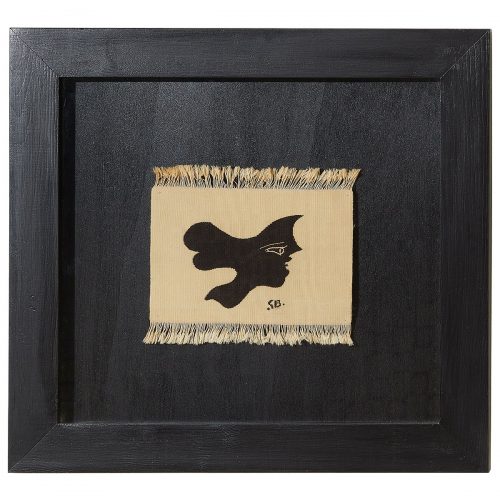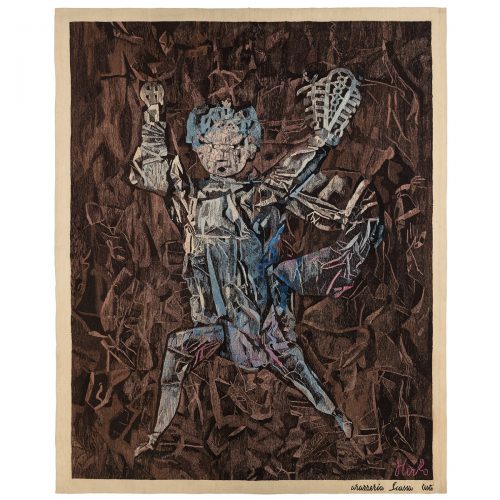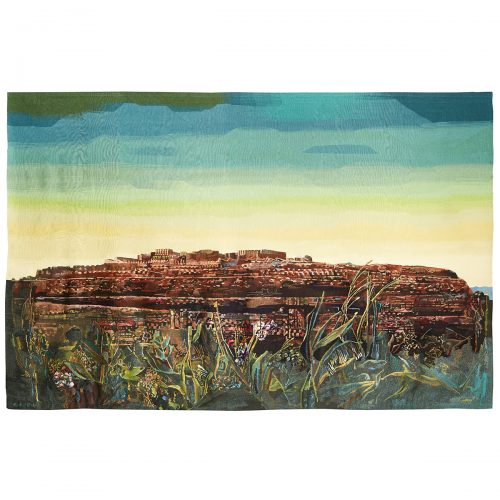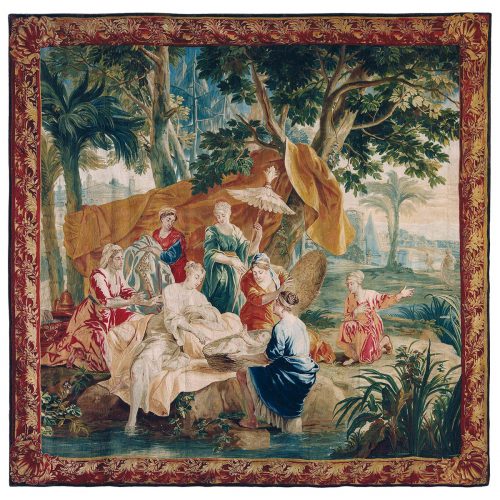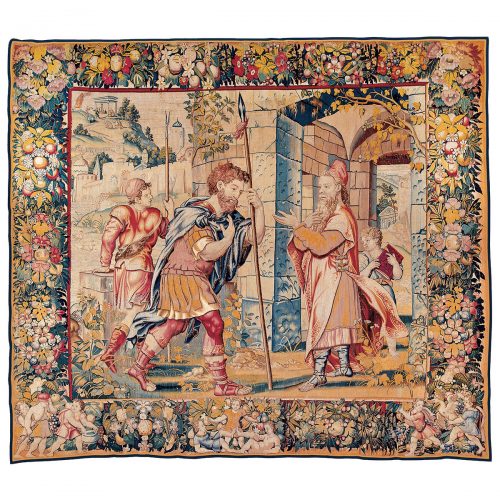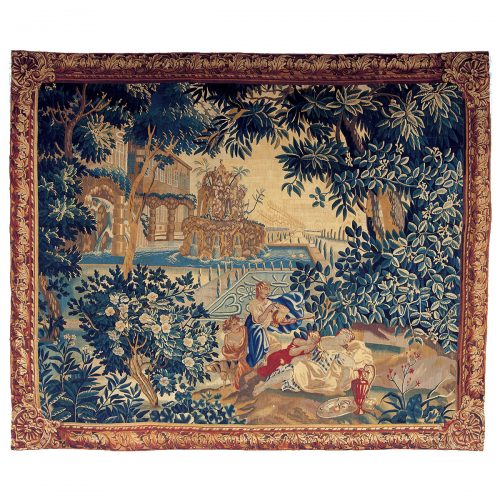“Mes oignons” – EXA
Hand-woven tapestries
Period: 1971
Dimensions: cm. 217 x 153
Signed Calder
Ateliers Pinton – France
Alexander Calder tapestry – 419
Description
Alexander Calder tapestry
(Lawnton, July 22, 1898 – New York, November 11, 1976)
“Mes oignons” – EXA
Hand-woven tapestries
Period: 1971
Dimensions: cm. 217 x 153
Signed Calder
Ateliers Pinton – France
Alexander Calder was an American sculptor, famed for his large, kinetic-art sculptures known as mobiles.
As well focusing on sculptures – both mobile and static – Alexander Calder devoted his energies to painting, lithography and the design of toys, tapestries, carpets and jewellery.
One of the most successful and best-loved artists in the world, he revolutionised the history of art by using unconventional materials and completely reinterpreting the concept of space. While it was his mobiles that brought him acclaim, his innovative spirit and clear creative vision defy classification under any specific genre. Calder grew up in a family of artists: his father and grandfather were both successful sculptors, while his mother was a painter. Despite his precocious artistic talent, Calder studied engineering and embarked on a career as an engineer before deciding that his work, as he himself explained, “did not allow enough play of ingenuity on my part”. So in 1923, he settled in New York and started studying drawing and painting at the Art Students League. In the summer of 1926, Calder moved to Paris, the centre of the art world and home to a vibrant community of avant-garde artists, such as Duchamp, Léger, Mirò and Mondrian.
In 1928, as recognition of his inventive prowess began to spread, the Weyhe Gallery in New York gave him his first solo exhibition, which was swiftly followed by other exhibitions, first in New York and later in Paris and Berlin.
In 1934, he began collaborating with the Pierre Matisse Gallery in New York, with an exhibition.
In the 1940s and 1950s, Calder’s artistic output was prolific, in the wake of the first retrospective of his work, held at the George Walter Vincent Smith Gallery in Springfield, Massachusetts, in 1939. A second major retrospective was held a few years later, in 1943, by the Museum of Modern Art in New York.
As witness the breadth and variety of the projects he undertook and commissions he received, by the 1960s Calder was recognised worldwide as an artist of prodigious talent. The Guggenheim Museum in New York staged a retrospective of his work in 1964. This was followed, five years later, by another retrospective at the Maeght Foundation in Saint-Paul-de-Vence.
In 1976, he appeared at the opening of another retrospective, entitled “Calder’s Universe”, at the Whitney Museum of American Art in New York.
A few weeks later, at the age of 78, he died in New York, thus ending the journey of the 20th-century’s most innovative and prolific artist.
The “Ateliers Pinton” manufactory, founded in Felletin, France, in 1867, was one of the first exponents of low-loom tapestry-weaving, and worked with many of the greatest artists of the 20th century, including Pablo Picasso, Fernand Léger, Alexander Calder, Le Corbusier, Victor Vasarely and Joan Mirò.


